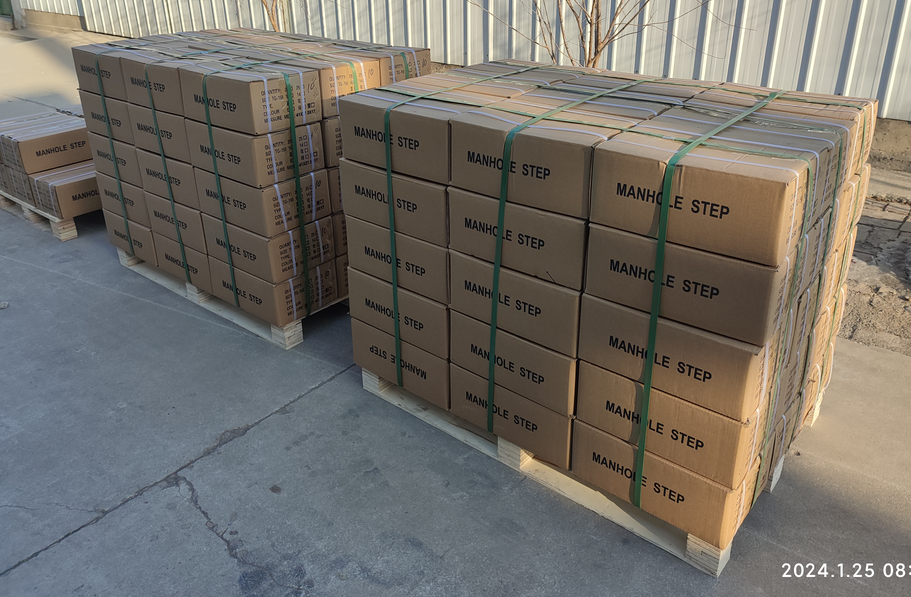two way butterfly valve
Two-Way Butterfly Valves A Comprehensive Overview
Butterfly valves are an integral part of various piping systems, widely employed across industries such as water treatment, chemical processing, and HVAC systems. Among the various types of butterfly valves, the two-way butterfly valve stands out due to its simplicity and efficiency in controlling the flow of fluids. This article explores the design, functionality, applications, and advantages of two-way butterfly valves, providing insights into why they are a preferred choice for many engineers and operators.
Design and Functionality
A two-way butterfly valve consists of a disc (the butterfly) that rotates around an axis within the valve body. The valve is typically constructed from materials such as stainless steel, PVC, or ductile iron, depending on the application and environment. The disc is mounted on a shaft, and when the valve is in the open position, the disc aligns parallel to the flow direction, allowing fluid to pass with minimal resistance. Conversely, when closed, the disc rotates to a perpendicular position, effectively blocking the flow.
The operation of a two-way butterfly valve is straightforward, making it easy to automate or manually control. The valve can be operated through several mechanisms lever-operated, electric actuators, or pneumatic actuators. This versatility in operation ensures that it can be suited for different scenarios, from manual control in smaller systems to automated processes in large-scale industrial applications.
Applications
The two-way butterfly valve is primarily used in applications where simple on/off flow control is required
. Common industries that utilize these valves include1. Water and Wastewater Treatment Here, two-way butterfly valves play a crucial role in isolating units or controlling flow rates in treatment plants. 2. Chemical Processing In chemical plants, the need for reliable and quick shut-off capabilities makes butterfly valves an essential component of piping systems.
two way butterfly valve

3. HVAC Systems They are increasingly used in heating, ventilation, and air conditioning systems due to their space-saving design and ease of operation.
4. Food and Beverage Industry The sanitary design of butterfly valves allows for easy cleaning, making them suitable for various food processing applications.
Advantages
One of the primary advantages of two-way butterfly valves is their lightweight design compared to other valve types, such as gate or globe valves. This feature allows for easier handling and installation, reducing overall labor costs.
Additionally, the compact structure of butterfly valves minimizes the amount of space required for installation, making them ideal for tight spaces and environments where every inch of space is crucial. Their ability to provide quick shut-off and minimal flow resistance enhances operational efficiency, leading to energy savings and improved system performance.
Moreover, two-way butterfly valves are known for their durability. With fewer moving parts, there’s less wear and tear over time, leading to lower maintenance costs and longer service life. In many cases, these valves can operate effectively for years without the need for significant repairs.
Conclusion
In summary, two-way butterfly valves are a cost-effective and efficient solution for controlling fluid flow in a variety of applications. Their simple design, lightweight construction, and reliability make them a popular choice among engineers and operators alike. As industries continue to seek more efficient and effective means of managing fluid dynamics, the role of two-way butterfly valves will undoubtedly become more pronounced, further solidifying their place in the pantheon of essential engineering components. Whether it’s in water treatment, chemical processing, or HVAC systems, the two-way butterfly valve remains an indispensable tool in modern hydraulics.
-
The Smarter Choice for Pedestrian AreasNewsJun.30,2025
-
The Gold Standard in Round Drain CoversNewsJun.30,2025
-
The Gold Standard in Manhole Cover SystemsNewsJun.30,2025
-
Superior Drainage Solutions with Premium Gully GratesNewsJun.30,2025
-
Superior Drainage Solutions for Global InfrastructureNewsJun.30,2025
-
Square Manhole Solutions for Modern InfrastructureNewsJun.30,2025
-
Premium Manhole Covers for Modern InfrastructureNewsJun.30,2025
